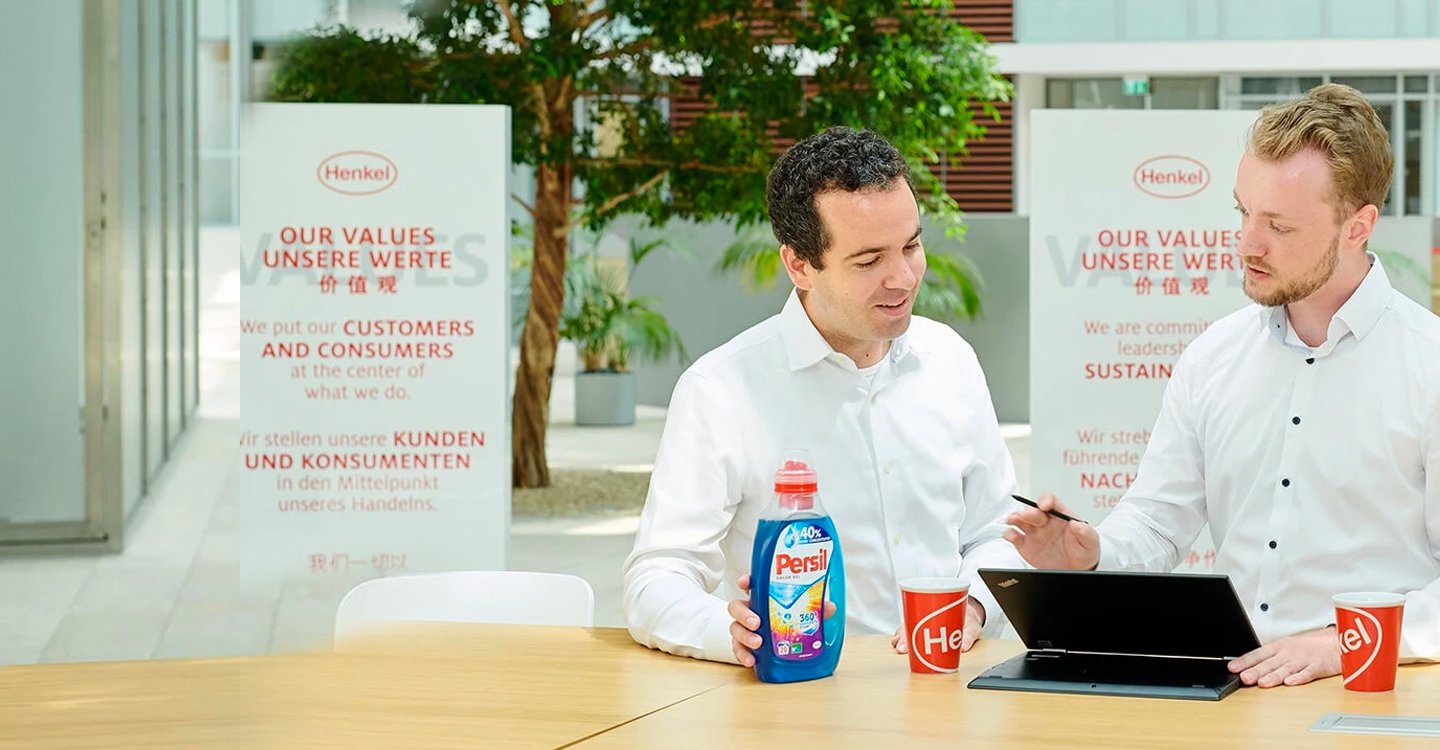Four best practices for effective knowledge harvesting
November 14, 2024 / Unisys Corporation
Short on time? Read the key takeaways:
- The modern hybrid workplace requires well-trained employees and that takes knowledge.
- Harvesting early and often can help capture employee knowledge so you can train new hires and upskill existing employees.
- Generative AI can help you identify knowledge gaps and create knowledge bases.
- Other knowledge-harvesting best practices include prioritizing uses and letting knowledge guide business initiatives.
Part two in a two-part blog series on knowledge harvesting. Read part one.
Effective training plays a vital role in both organizational success and employee satisfaction. As companies adapt to hybrid environments, effectively sharing knowledge has become increasingly important so employees can do their jobs better.
This importance is reflected in recent research. Better training topped the list of most important elements necessary to build a successful hybrid environment, according to “From Surviving to Thriving in Hybrid Work: How employee experience defines the digital workplace” from HFS Research in partnership with Unisys. While 50 percent of employers ranked better training #1, 56 percent of employees ranked it #1.
Knowledge harvesting offers a practical approach to address this need. By systematically capturing information about processes, tasks and best practices, organizations can develop robust training resources. If you’re considering implementing knowledge harvesting at your organization, you may wonder how best to get started.
Unisys AI Portfolio Vice President Suzanne Taylor and Unisys Solution Architect Dinakaran Sundaresan advocate for organizations across industries to implement knowledge harvesting. They offer four best practices to ease the process considerably.
#1: Harvest early and often
Knowledge harvesting can be applied to capturing technical knowledge, domain expertise or business knowledge. It can be used for any role and benefit any department, division or business unit in your organization. And Dinakaran believes this process shouldn’t wait for when an employee hands in their notice.
“It should start very early in the process,” Dinakaran said. “If an organization sees a particular knowledge that is key for their business is within one person, isn’t published or isn’t shared with other people, if the person leaves or not doesn’t matter. They should immediately start harvesting it. Anything could happen.”
#2: Get an assist from gen AI
Generative AI can play a major role in assisting human management, such as by creating automatic transcripts from recorded meetings and summarizing the highlights as knowledge. If you use voice notes, you can ask gen AI to summarize or clean up the notes. It can also help capture employee knowledge. In particular, gen AI can help automate the collection of knowledge from multiple knowledge bases and create online databases of the insights gathered from your employee interviews.
You can even use an AI-driven chat platform to gather people's knowledge and create a unified conversational experience. Then, when someone needs to access that knowledge, gen AI intelligently searches through the knowledge base, identifying and extracting the most relevant sections and content. Gen AI provides:
- Concise responses tailored to the user's query.
- Context-aware responses, tailoring answers to the specific questions and ongoing conversation.
- Citations and sources for responses, facilitating further research and information-gathering.
“Gen AI makes it easier to uncover knowledge gaps within your organization,” Suzanne said. “With gen AI, you can analyze existing documents and identify confusing areas that require further explanation, extract probing questions for employees and create prompts for interview agents. Once the knowledge is captured, gen AI can help create a transcript that becomes an artifact of a particular employee’s role.”
#3: Prioritize uses for knowledge harvesting
While implementing knowledge harvesting across the business is optimal, evaluate which scenarios could prove most useful. Dinakaran said this includes temporary employee leaves because of illness, family loss or parental leave. If you haven’t documented their knowledge and no one possesses the same knowledge, you could lose time getting a temporary employee up to speed. In the worst-case scenario, delays could risk customer satisfaction or brand reputation.
Look for employees who have been with your organization for a long time and those with specialized knowledge of a product, initiative, customer behavior or technology. When these subject-matter experts leave, “it’s a great loss for the organization because the business continuity is stopped when that person is unavailable,” Dinakaran said.
Indicators that you need to preserve someone’s knowledge include:
- Only one person can review or approve a process, creating a bottleneck. If that person left for any reason, no one else would know how to complete those steps.
- Your ability to scale is limited by the level of knowledge or resources you currently have within the organization.
#4: Let knowledge guide your initiatives
After collecting the knowledge, you must find a way to share it easily. Creating a knowledge asset based on your employee conversations can serve this purpose. For optimal results, make sure this asset includes:
- Visualizations: Incorporate diagrams, flowcharts or other visual aids to enhance understanding and retention of knowledge.
- Interactive elements: Use elements like quizzes or simulations to test employees’ knowledge comprehension.
- Regular updates: Establish a process for regularly updating and refreshing knowledge assets to ensure relevance.
Knowledge harvesting holds significant business value besides allowing you to manage processes and tasks effectively if an employee leaves. For instance, you may realize that a person’s role could be handled by a technology tool instead. You may recognize that the tasks of one employee are better divided among multiple employees. You may also combine roles after gaining an accurate representation of what employees do.
Retain expertise with knowledge harvesting
Harvesting knowledge can make training easier. Harvest frequently for the best results and consider using generative AI to assist with the process. Following these best practices can help you prioritize what employee knowledge to harvest first and drive business initiatives with what you learn. Connect with Unisys if you seek expertise on how to implement knowledge harvesting.



















